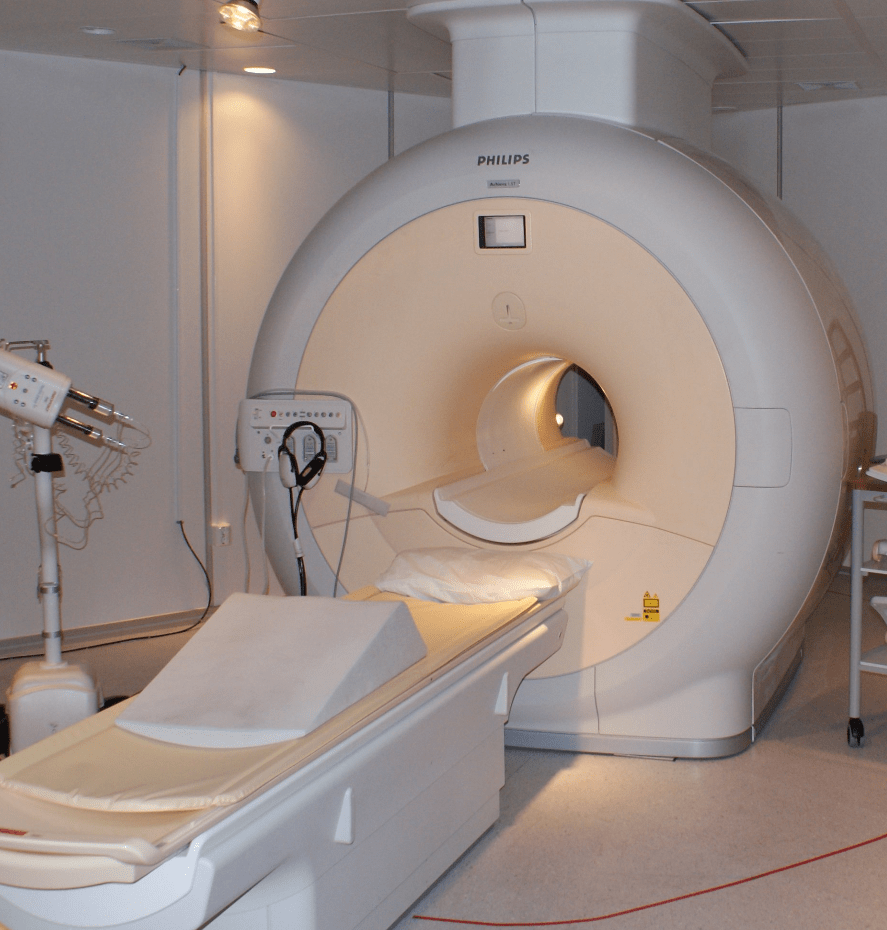A New Tool for Cystic Fibrosis Lung Monitoring
Ultrashort Echo-Time MRI has been shown in a recent study, published last week in the Annals of the American Thoracic Society, to be comparable to computerized tomography (CT scanning) in measuring CF lung disease.
This is excellent news as it offers a tool that is precise and detailed like CT, but doesn’t have the radiation risk to patients. Therefore, it can be used for serial (repeated) monitoring of lung disease by doctors and clinical trial researchers.
UTE MRI detected structural lung disease in very young CF patients and provided imaging data that correlated well with CT. By quantifying early CF lung disease without using ionizing radiation, UTE MRI appears well suited for pediatric patients requiring longitudinal imaging for clinical care or research studies.
Read More: http://www.atsjournals.org/doi/abs/10.1513/AnnalsATS.201603-203OC#.V8dG_a2kzAc
This earlier study in the Journal of Magnetic Resonance Imaging shows the value of UTE MRI for measuring lung disease in a larger, non-CF study.
Here is some reference information for radiation in CT and X-ray.
One adult chest CT Scan (radiation of 7 sMv) is similar in radiation dose to 70 chest X-rays (0.1 sMv). A person gets about 3 sMv of radiation per year from their surroundings. http://www.radiologyinfo.org/en/info.cfm?pg=safety-xray




